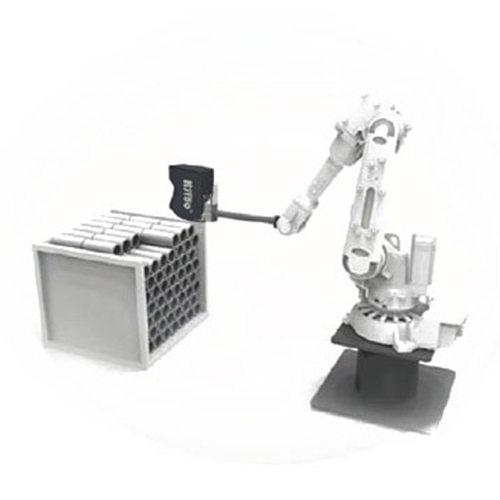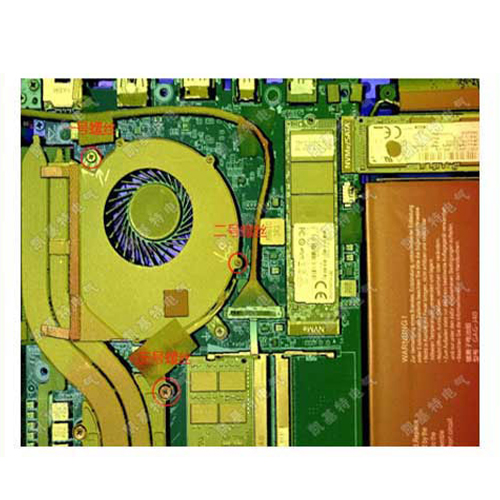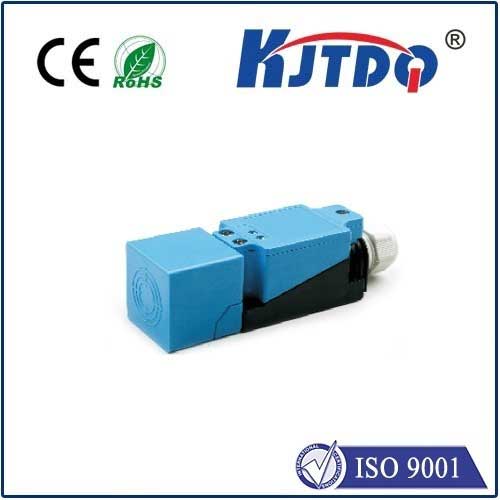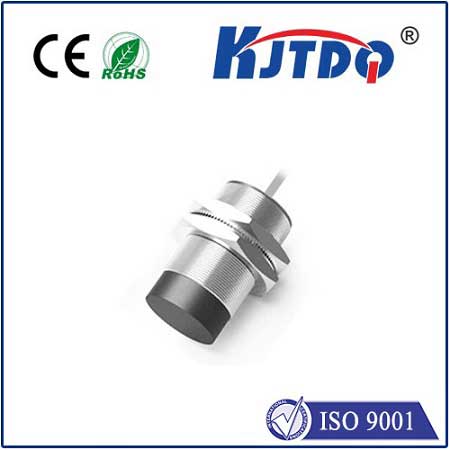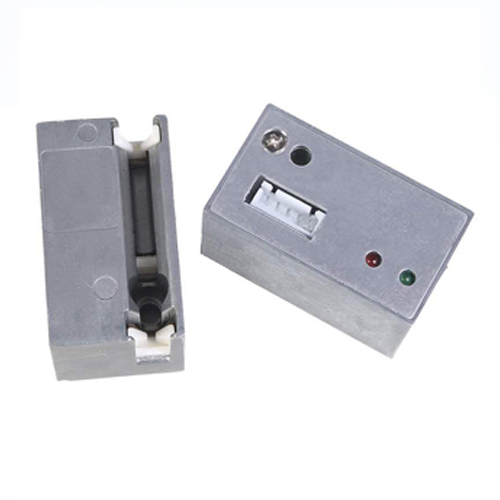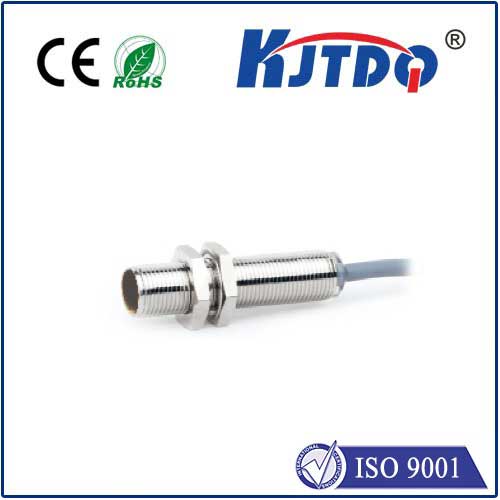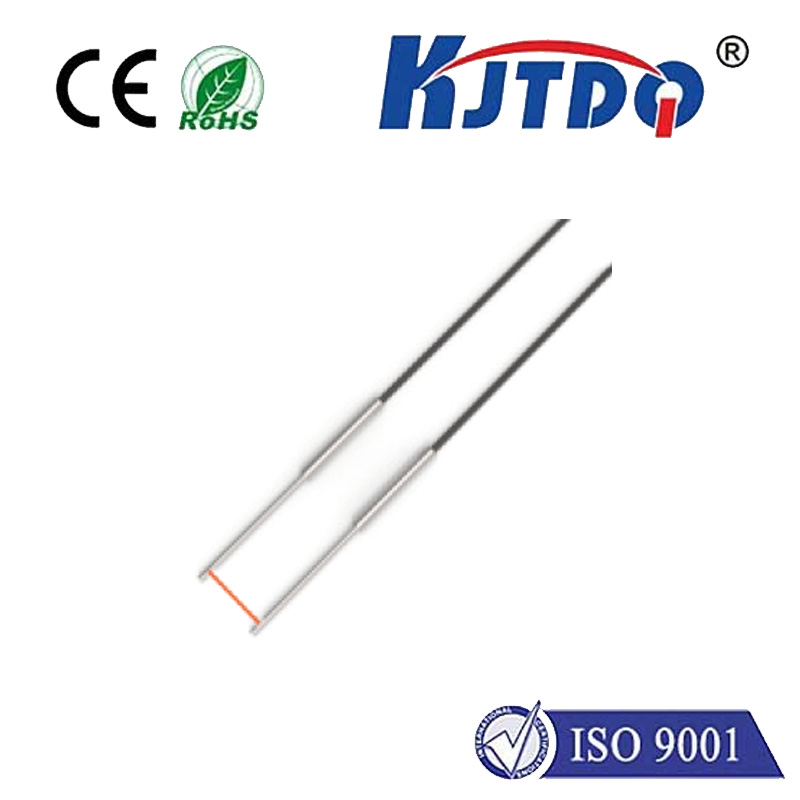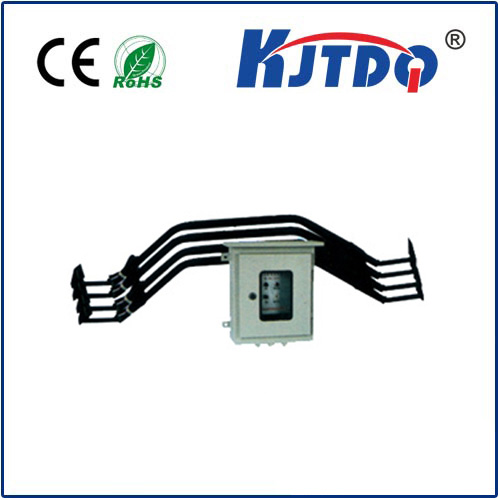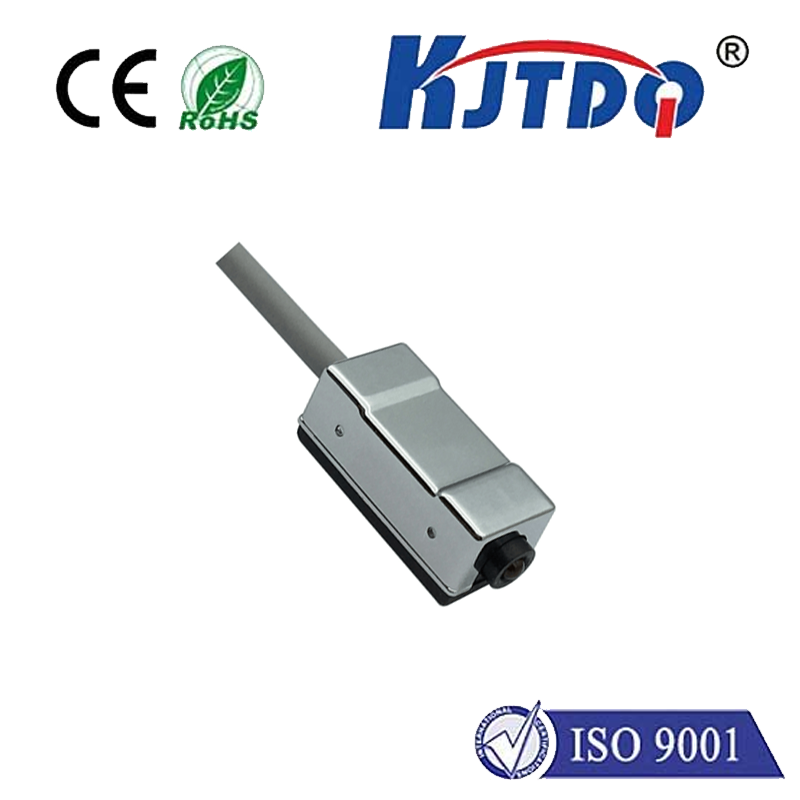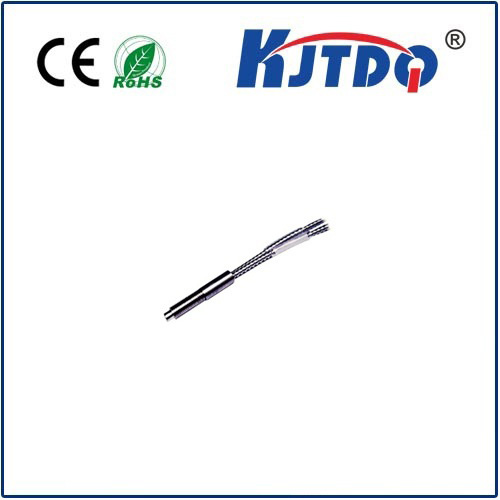low limit switch
- time:2025-08-01 12:50:49
- Click:0
Low Limit Switch: The Unsung Guardian Preventing Costly Downtime
Imagine a massive industrial crane slowly lowering its load. Now, picture that crane not stopping once the load reaches the ground. Metal strains, cables snap, the load crashes – chaos ensues. What prevented this disaster? Often, it’s a small, critical component: the Low Limit Switch. These unassuming devices are fundamental safety sentinels in countless automated systems, silently preventing catastrophic failures and expensive operational downtime by ensuring machinery never moves beyond its safe minimum boundaries.
Understanding the Low Limit Switch: More Than Just an Off Switch
At its core, a low limit switch is a position-sensing device. Its primary function is to detect when a machine part, component, or load reaches a predetermined lower point in its travel path. Think of it as the “floor” for movement. Activating the switch triggers a signal that typically interrupts power to the downward-moving mechanism or initiates an immediate safety shutdown. This is fundamentally different from its counterpart, the high limit switch, which guards against exceeding upper operational limits.
These switches function as vital safety interlocks integrated into a machine’s control circuit. They are not part of the primary operational controls but act as an independent layer of protection. If the primary system fails or an operator makes an error, the low limit switch is the final barrier against damage.
How Does This Silent Sentinel Work? The Mechanics of Detection

Low limit switches employ various actuation methods to sense position, chosen based on the application’s requirements:
- Mechanical/Lever Arm: A physical lever arm makes contact with the moving part. When the part reaches the low point, it pushes the lever, physically activating the switch contacts inside. Common in cranes, hoists, and actuators.
- Plunger/Push Rod: Direct contact pushes a spring-loaded plunger into the switch body to change the contact state. Used where space is limited or direct linear movement detection is needed (e.g., presses, valves).
- Rotary: Features a rotating shaft or cam. When the rotating element reaches a specific angular position corresponding to the low limit, it activates the switch. Found in conveyor systems, turntables, and indexing machinery.
- Magnetic (Reed Switches): Uses a magnet attached to the moving part. When the magnet aligns closely with the switch’s internal reed contacts, they close (or open). Ideal for dirty environments where physical contact is undesirable.
- Proximity (Inductive/Capacitive): Non-contact sensing. Emits an electromagnetic field (inductive for metal targets) or electrostatic field (capacitive for non-metals). Detects the presence of the target at the low point without touching it. Excellent for high-speed applications or harsh environments.
Regardless of the actuation method, the core principle remains: detect the low position and change an electrical state (open or close contacts) to signal the control system to stop or reverse motion.
Where Are Low Limit Switches Crucial? Industrial Lifelines
Their application is vast, underscoring their importance:
- Overhead Cranes and Hoists: Perhaps the most critical application. They prevent the hook block from descending too far, which could snap cables, damage the block itself, or crash into structures below. Accident prevention is paramount here.
- Elevators and Lifts: Ensure the car stops precisely at floor level during descent and prevents it from descending below the lowest landing, protecting passengers and the lift mechanism.
- Industrial Automation: Used extensively on linear actuators, robotic arms, and sliding mechanisms to define retraction endpoints, preventing mechanical overtravel that could damage rods, bearings, or alignment structures.
- Valve Control: Monitor the fully closed position of large valves, ensuring they seat correctly for process control and leak prevention.
- Presses and Molding Equipment: Define the safe bottom dead center for platens, safeguarding tooling from excessive force and protecting operators. Key for equipment protection.
- Conveyor Systems: Detect the lowest position of diverters, stops, or lifting sections to maintain proper material handling flow and positioning.
- Agricultural Machinery: Prevent implements from digging too deeply into the soil on harvesters or planters.
- HVAC Systems: Control the lower limit of dampers or variable air volume (VAV) boxes for optimal airflow regulation.
The Tangible Benefits: Why Invest in Reliable Low Limit Switches?
Integrating and maintaining functional low limit switches delivers significant returns:
- Enhanced Safety: The foremost benefit. They prevent catastrophic failures caused by overtravel, protecting personnel from injury and safeguarding infrastructure. This is non-negotiable operational safety.
- Superior Equipment Protection: By preventing mechanical components from slamming into end stops or exceeding stress limits, they drastically reduce wear and tear, minimize damage to expensive machinery, and extend equipment lifespans. Fewer failures mean fewer costly repairs.
- Reduced Downtime: Unexpected breakdowns due to overtravel-related damage can halt production lines for hours or days. Reliable low limit switches prevent these incidents, maximizing operational uptime and productivity.
- Optimized Process Control: Ensuring machinery consistently operates within its designed parameters leads to more predictable and higher quality outputs. Accurate stopping at the low point is often essential for precision tasks.
- Lower Maintenance Costs: Preventing impact damage and excessive stress reduces the frequency and severity of required maintenance interventions, leading to significant long-term cost savings.
Choosing the Right Low Limit Switch: Key Considerations
Selecting the appropriate switch is vital for reliable performance:
- Environment: Is it exposed to extreme temperatures, moisture, dust, chemicals, or explosive atmospheres? Choose IP/NEMA ratings and materials (stainless steel, robust plastics) accordingly. Environmental sealing is often critical.
- Actuation Method: Consider the speed of movement, required accuracy, mounting constraints, and the desirability of physical contact.
- Electrical Ratings: Ensure the switch’s voltage and current ratings (both for the load and the control circuit) match the system’s requirements. Don’t overlook contact ratings.
- Mechanical Durability: Switches in high-cycle applications (like indexing tables) need high mechanical life ratings (millions of cycles).
- Repetition Accuracy: How consistently must the switch actuate at the exact same position? Precision applications demand high accuracy switches.
- Output Configuration: What signal is needed? Simple N/O (Normally Open), N/C (Normally Closed) contacts? Or a specific solid-state output?
- Mounting and Adjustability: Consider how it will be physically mounted and whether fine adjustments to the trip point are necessary for setup or wear compensation.
Conclusion: A Small Component, A Massive Impact
While often overlooked amidst complex machinery, the low limit switch plays an indispensable role in the safe, efficient, and reliable operation of countless industrial and commercial systems. It is the definitive safeguard against the perilous journey below safe operational limits. From preventing cranes from crashing lifts from descending too far, to protecting delicate tooling in presses, its function is simple yet profoundly vital: detect the low point and stop the motion. Investing in quality low limit switches, correctly installing them, and ensuring they are part of a regular maintenance schedule is not just good engineering practice—it’s a fundamental commitment to safety, asset protection, and continuous operation. They truly are the unsung guardians of the industrial floor.






